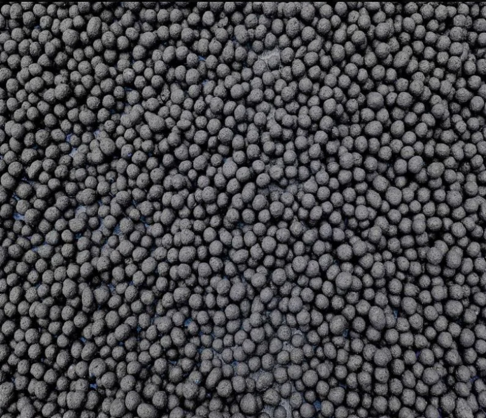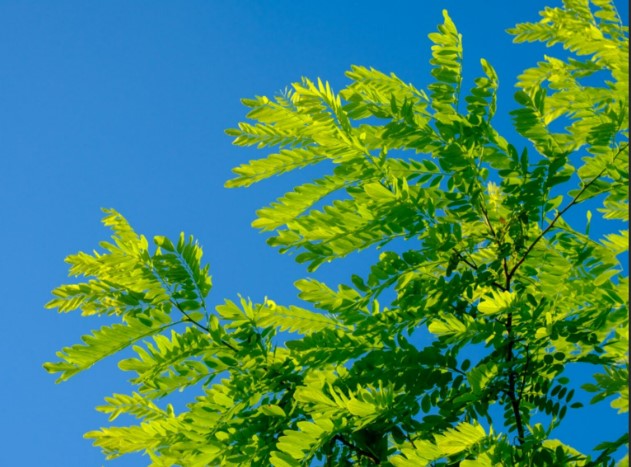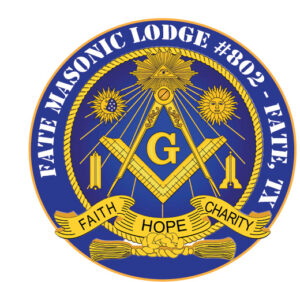
In Kenya, a groundbreaking environmental initiative is taking root. The seedball campaign, an innovative approach to reforestation, aims to replenish the nation’s depleted forests and transform the landscape into a thriving ecosystem. This campaign harnesses the simplicity of seedballs to cultivate Acacia trees, a species indigenous to the region, bringing multiple environmental benefits.
What is a Seedball?
A seedball is a unique planting tool consisting of seeds encased in a protective blend of charcoal dust mixed with nutritious binders. This outer shell shields the seeds from potential threats such as predation by birds or insects and adverse weather conditions. Once the rains arrive, the charcoal softens, gradually exposing the seeds to the soil and moisture, thereby initiating the germination process.
The Role of Acacia Trees in Kenya’s Ecosystem
Acacia trees are particularly suited for Kenyan landscapes. They thrive in arid and semi-arid regions, which makes them ideal for areas prone to drought. These trees play a critical role in ecological balance, providing habitat and food for numerous species, improving soil fertility through nitrogen fixation, and aiding in water retention in the soil.
How the Seedball Campaign Works
The seedball campaign operates on a simple yet effective model:
- Production of Seedballs: Local enterprises collaborate to produce seedballs, using locally sourced charcoal dust, which is a by-product of sustainable wood and charcoal industries.
- Distribution and Planting: Seedballs are distributed to communities, schools, and conservation groups. They can be scattered manually or dropped from the air in harder-to-reach areas.
- Natural Growth: With no need for tilling or digging planting holes, the seedballs germinate and grow naturally, driven by the seasonal rains.
The Impact of the Campaign
The seedball campaign in Kenya has already shown promising results. Millions of seedballs have been dispersed across various regions, with a significant germination success rate. This initiative not only aids in reforestation but also empowers local communities by involving them directly in conservation efforts. It provides a cost-effective method for large-scale planting and can significantly accelerate the pace of reforestation.
Community Involvement and Education
A key component of the campaign’s success is its focus on community involvement and education. By engaging local communities, the initiative ensures that the reforestation efforts are locally led and sustained. Educational programs help raise awareness about the importance of reforestation and environmental stewardship among young Kenyans, fostering a generation that values and actively participates in conservation.
Looking Ahead
Optimism runs high as the seedball campaign continues to grow. Plans to expand the variety of seeds used and increase the areas of distribution are underway. The ultimate goal is not only to restore Kenya’s forests but also to create a model that can be replicated in other regions facing similar environmental challenges.


